A bottom-up approach to train farmers with science-based tools fosters transparency and continuous improvement in aquatic animal welfare
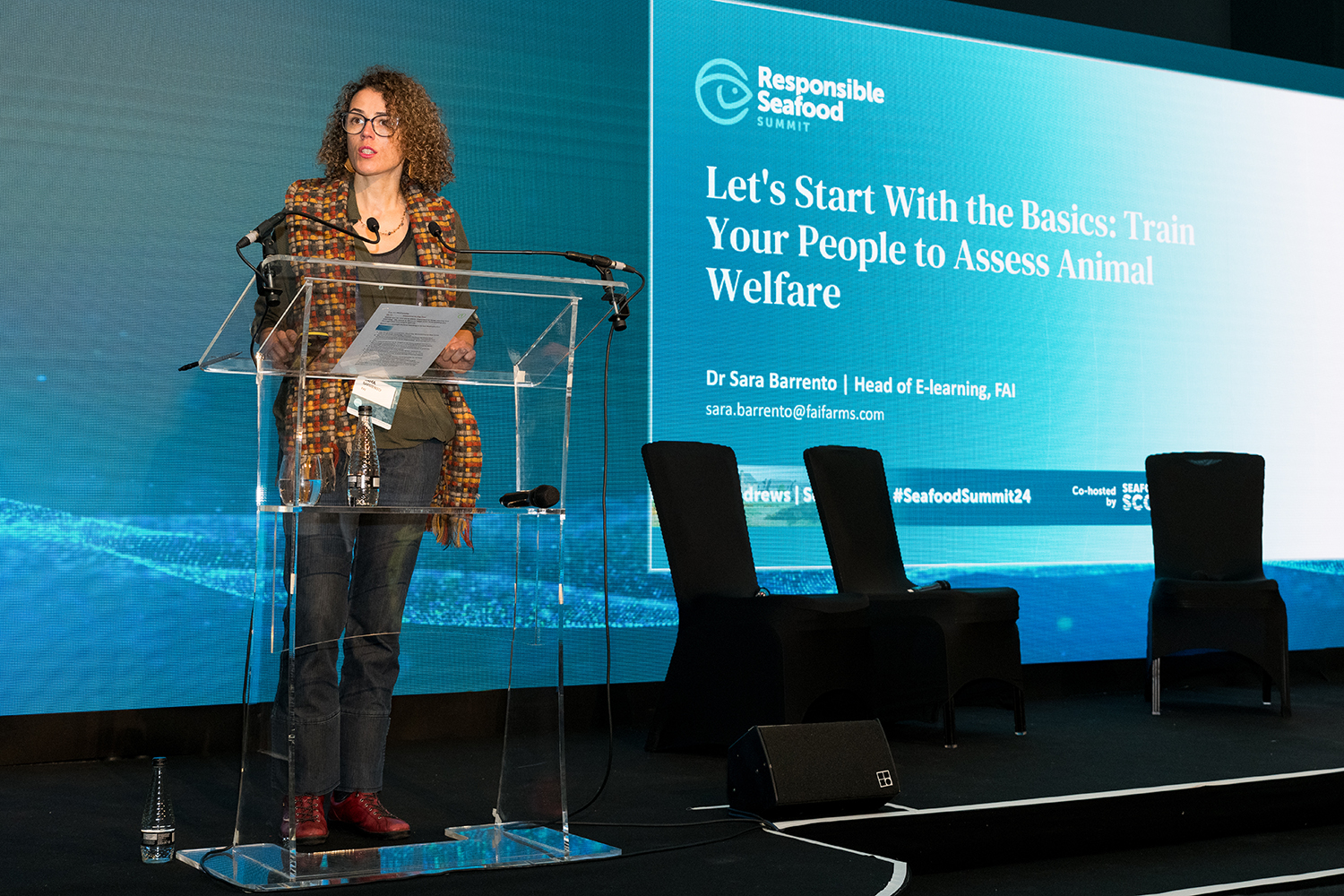
In all of our engagements with the aquaculture sector, we start with a simple question: What do our farmed aquatic animals need to grow, with a good quality of life? Whether we ask husbandry workers, veterinarians, farm managers or supply chain executives, they all respond with essentials like nutritious food, clean water and good health. These answers intuitively cover three of the five domains of animal welfare: nutrition, environment and health.
At FAI, we believe the path to effective animal welfare is to provide a common language and common-sense training for the people who care for the animals every day – the human element. The people handling the daily tasks and the managers creating welfare processes are crucial yet often overlooked.
We understand the importance of motivated, knowledgeable farm staff working alongside animal welfare scientists. By combining digital resources with in-person training, we make welfare training accessible and impactful for farmers in real-world settings. In this way, our approach is rooted in science and driven by desired production outcomes, not opinions or emotions.
Smallholder Spotlight: The key to profitability for fish farmers is strong animal welfare
We need a common language for animal welfare
FAI’s science-based protocols are tailored to different species and life stages and are regularly updated based on the latest publications on shrimp and tilapia welfare. Our tools are based on the five domains framework, and we have developed aquatic-species specific welfare indicators for Nutrition, Physical Environment, Health and Behavioral Interactions. We have not included the fifth domain: Mental State, because there are no objective scientific measures that could be applied to the aquatic species we work with, particularly shrimp.
We teach our framework through a scoring system, as highlighted at the recent Responsible Seafood Summit. Participants learn to assess welfare by observing behaviors like swimming and feeding, with >35 specific indicators for tilapia, >40 for shrimp and >25 for carp. Since welfare indicators vary by species and life stage, this training is detailed but practical.
Make welfare visible and actionable
Once farmers see what good welfare looks like, they cannot unsee it. Recognizing healthy versus unhealthy gills, for example, sparks curiosity and action. Our tilapia welfare app and shrimp welfare assessment integration in HydroNeo’s app help users score welfare conditions simply and identify areas of improvement:
Score 1 (Blue): Good Welfare
Score 2 (Grey): Tolerable Welfare
Score 3 (Red): Critical Welfare
These scores make welfare assessment universal and easy to understand, benefitting the entire supply chain (Fig. 2). While farmers use detailed data for management, retailers and investors gain clear, summarized welfare insights.
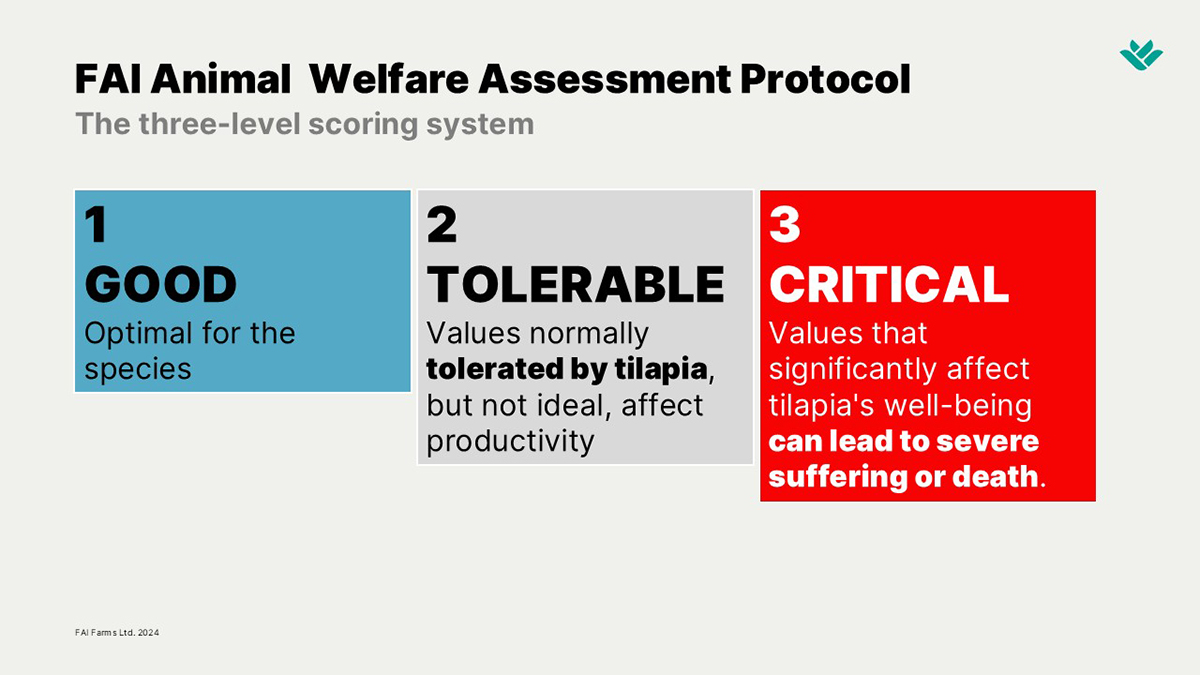
Why does animal welfare matter?
This is a bottom-up approach and the reverse of the standard top to bottom model of welfare implementation in aquatic animal production (Figs. 3 and 4). The traditional approach involves NGOs and certification bodies responding to consumer demand by creating production standards imposed by retailers expecting farmers to somehow make them happen. It fails to recognize farmers’ innate motivation to do better.
A simple, practical scoring system measuring animal wellbeing across the supply chain creates transparency from farm to retailer, providing a common language that allows everyone to understand the conditions under which animals are raised and slaughtered. It encourages continuous improvement and taps into farmers being central to welfare improvements, benefiting everyone.
By training people and using a common welfare language, we can make better decisions and improve the wellbeing of farmed animals worldwide.
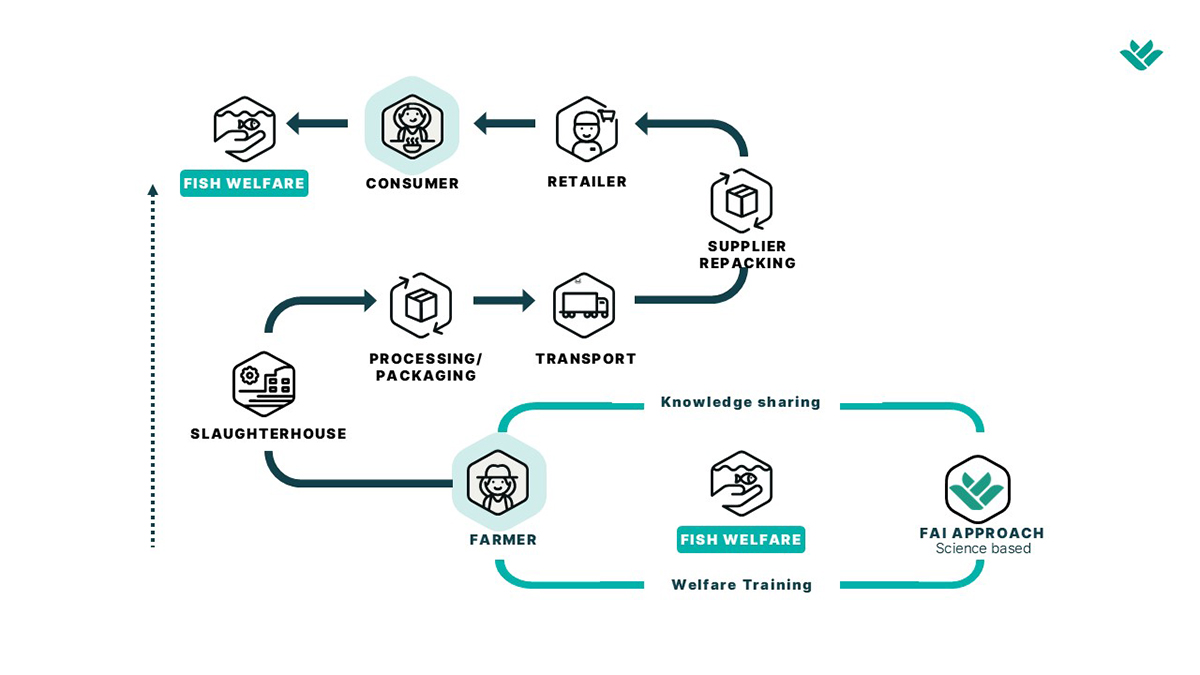
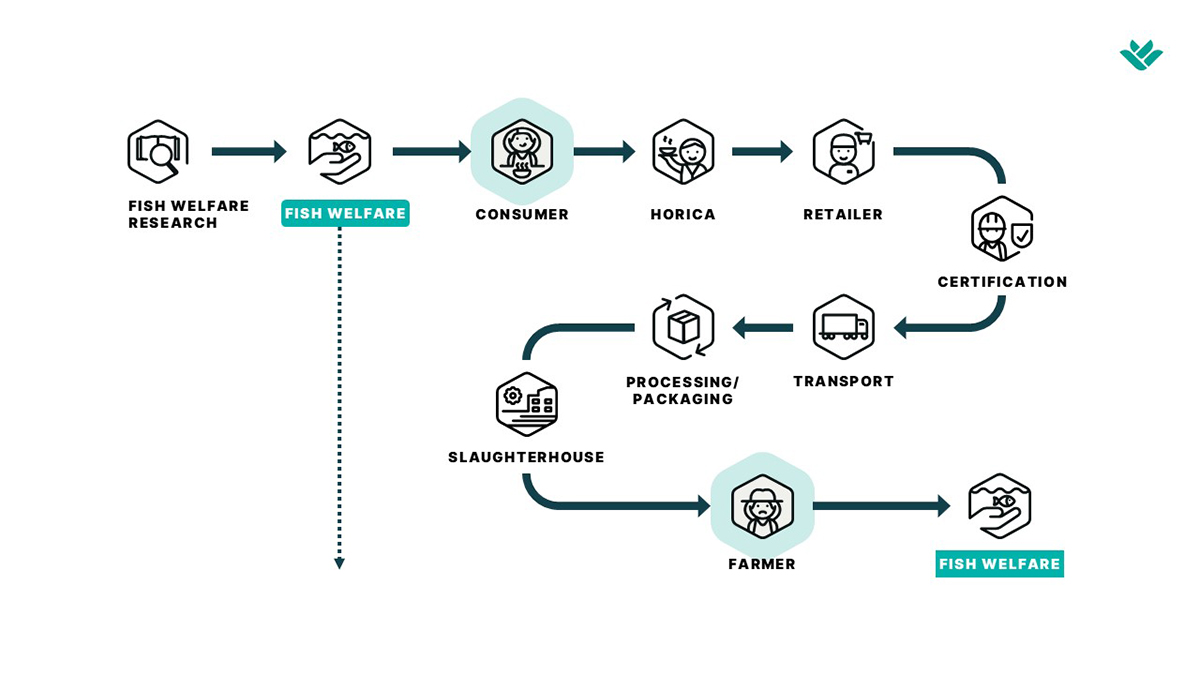
The five steps to aquatic animal welfare
- Train the right people. Farmers, vets, managers, regulators, consumers and investors must understand and speak the same welfare language.
- Assess, score and record welfare using scientific indicators to track animal welfare throughout production.
- Act on the information. Use the data and insights from welfare assessments to make practical improvements in animal welfare practices.
- Integrate welfare into your continuous management process (train, assess, act).
- Report on animal welfare. Make welfare improvements transparent by sharing welfare data and understandable information across the supply chain.
FAI is committed to supporting everyone in the food supply chain industry to achieve all five steps of aquatic animal welfare. For step 1, we provide not only free online courses on fish and shrimp welfare but also a robust training management platform. This platform enables stakeholders across the supply chain to track training progress, manage certificates, and ensure a unified understanding of welfare practices. Additionally, our tilapia welfare app facilitates scoring, recording, and transparent sharing of welfare data, helping companies meet steps 2 to 5 effectively. With these tools and resources, FAI empowers the entire supply chain to prioritize and advance aquatic animal welfare.
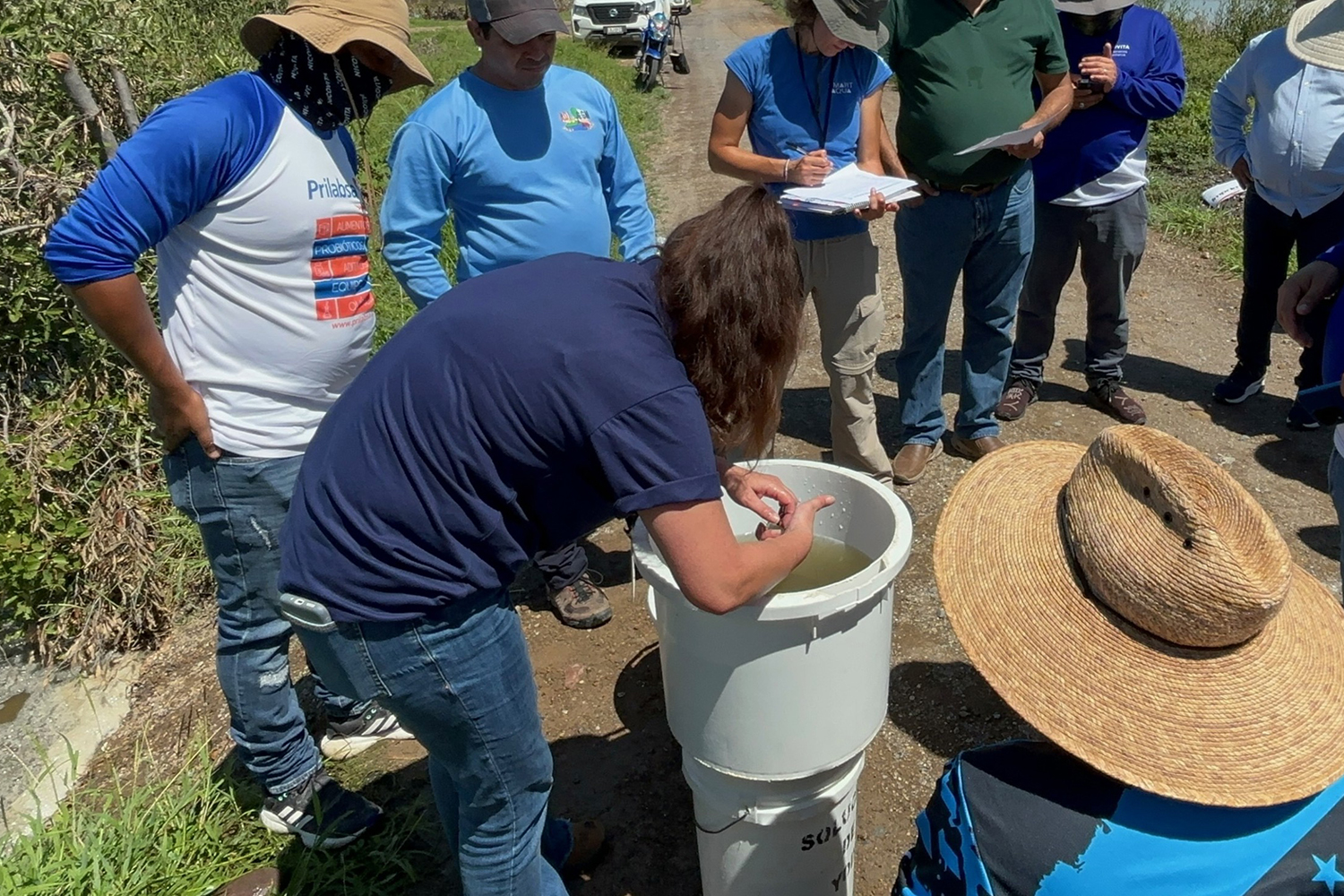
Honduras Case Study: Showing that the bottom-up approach works
FAI’s work in Honduras with Grupo Granjas Marinas (GGM) shows this bottom-up approach making a tangible difference (Fig. 5). GGM is a significant shrimp exporter whose products are processed and packaged by SeaFresh and sold in the United Kingdom by Marks & Spencer.
We presented the team at GGM with an initial set of nine health indicators for assessing shrimp welfare. These indicators are part of the FAI Shrimp Animal Welfare Assessment Framework, designed to help farmers evaluate and improve the wellbeing of their shrimp (Fig. 6).
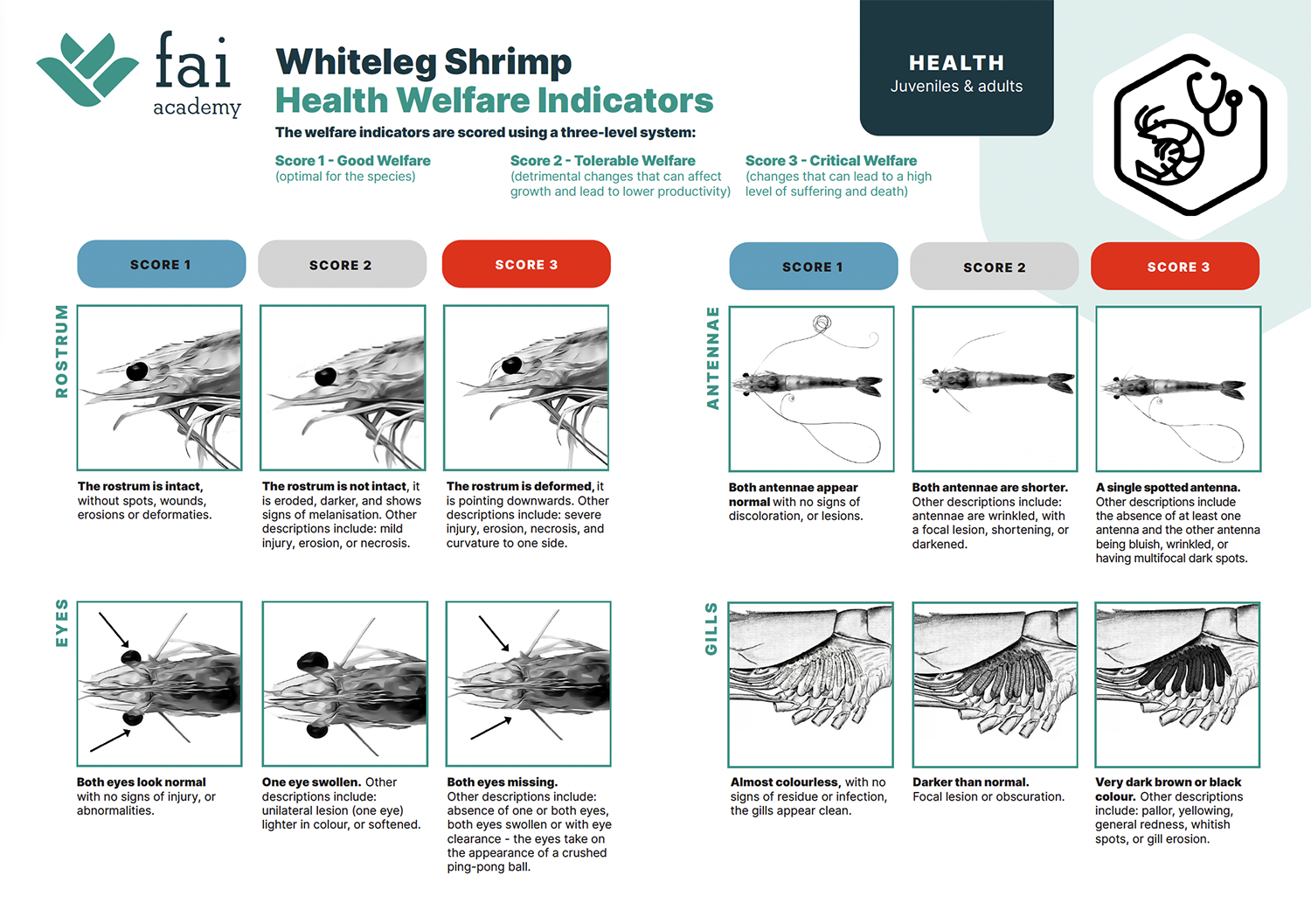
GGM’s team suggested adding an additional indicator: the condition of the uropod, or tailfan. This insight was based on their experience and understanding of shrimp health, demonstrating the importance of incorporating local expertise into welfare assessments. By including the uropod condition as a welfare indicator, we ensured a more comprehensive evaluation of shrimp health, illustrating the effectiveness of our bottom-up, collaborative approach to animal welfare.
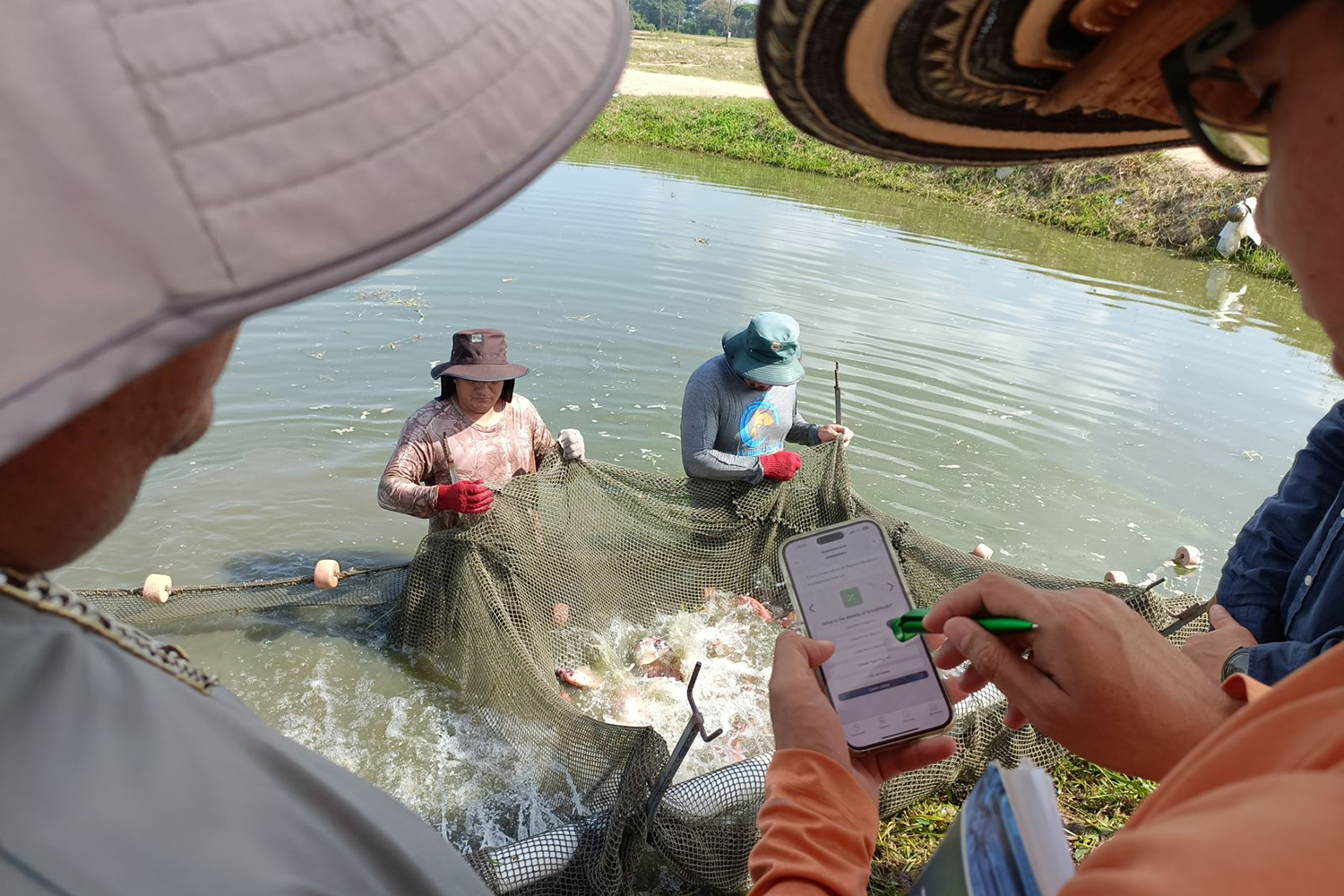
Also in Honduras, at Finca La Bendición, we trained 36 team members in a five-day tilapia welfare workshop, assessing 300 individual tilapias across different farming systems (Fig. 7). Participants continued their learning through FAI Academy, with courses tailored to their roles, some doing nutrition and welfare assessments, others studying environment indicators. FAI’s training management system allows staff to complete the training and obtain a certificate while managers can track their progress.
Now that you've reached the end of the article ...
… please consider supporting GSA’s mission to advance responsible seafood practices through education, advocacy and third-party assurances. The Advocate aims to document the evolution of responsible seafood practices and share the expansive knowledge of our vast network of contributors.
By becoming a Global Seafood Alliance member, you’re ensuring that all of the pre-competitive work we do through member benefits, resources and events can continue. Individual membership costs just $50 a year.
Not a GSA member? Join us.
Author
-
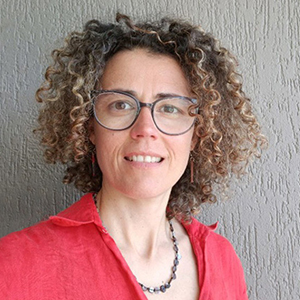
Sara Barrento
Sara Barrento is the Head of Training at FAI, which helps to educate and empower farmers to improve welfare and achieve better production outcomes in tilapia, shrimp and carp aquaculture.
Tagged With
Related Posts
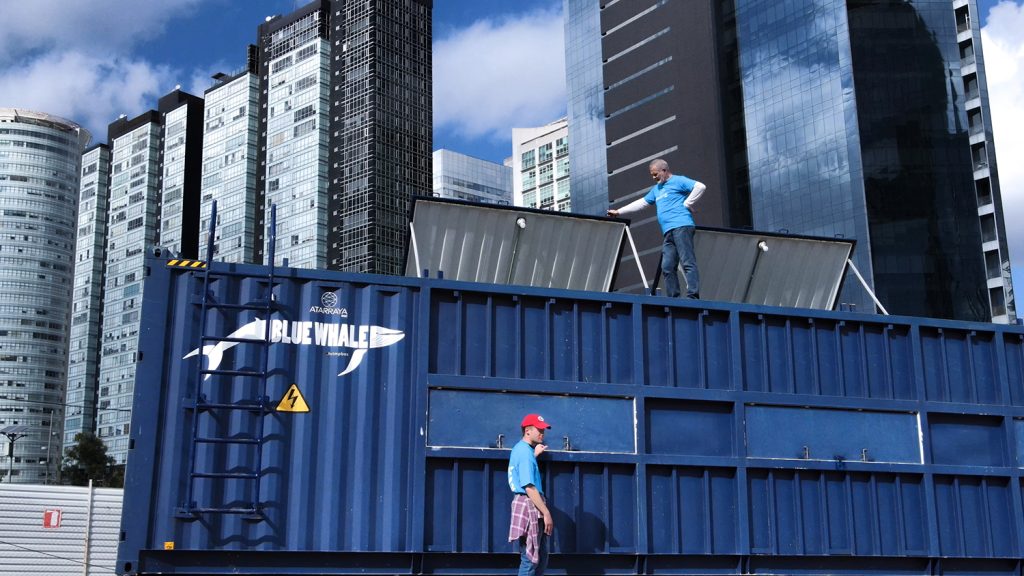
Innovation & Investment
‘Plug-and-play’ shrimp farm inventor out to prove that Shrimpbox is more than just a neat idea
Is Atarraya’s AI-enabled, biofloc-based Shrimpbox, one of TIME Magazine’s top inventions of 2022, a game-changer for urban shrimp aquaculture?
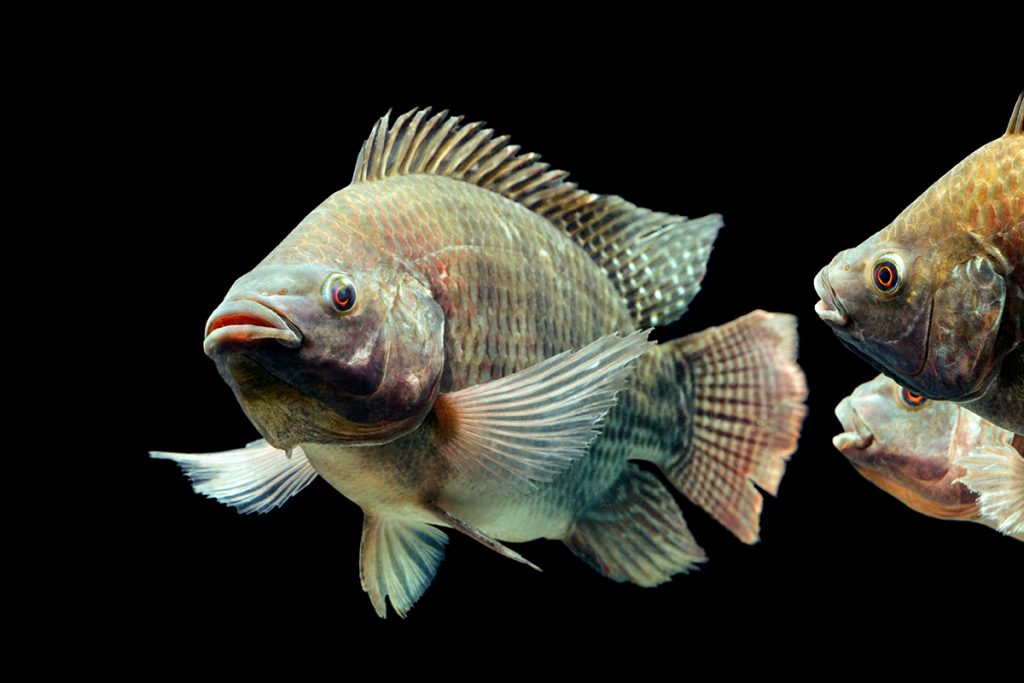
Health & Welfare
‘The right thing to do’: How aquaculture is innovating to reduce fish stress and improve animal welfare
With research showing that stress can damage meat quality, fish and shrimp farmers are weighing the latest animal welfare solutions.
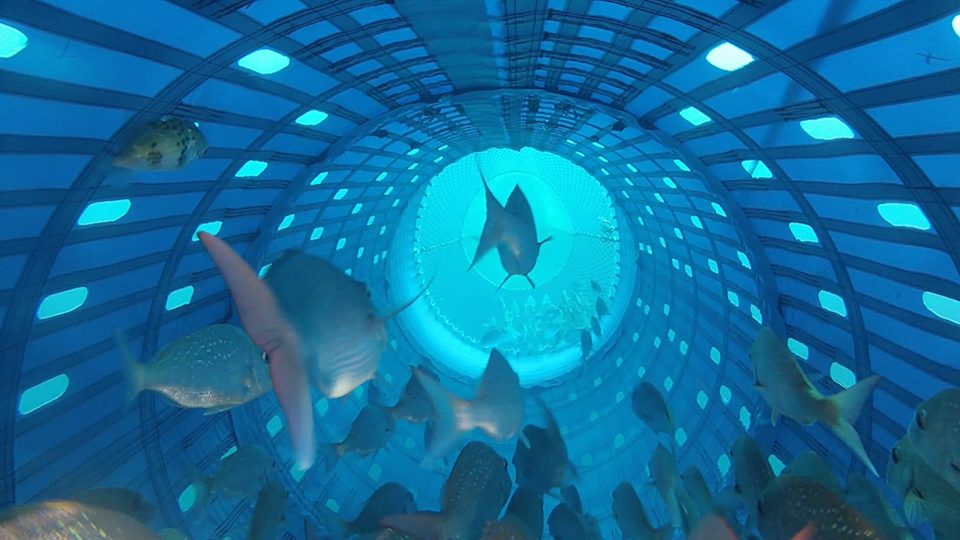
Fisheries
‘We were just looking for a way to fish better’: How one partnership is reinventing commercial fishing nets to reduce bycatch and improve animal welfare
Precision Seafood Harvesting’s novel reimagining of commercial fishing nets provides innovative solutions to both bycatch and animal welfare issues.
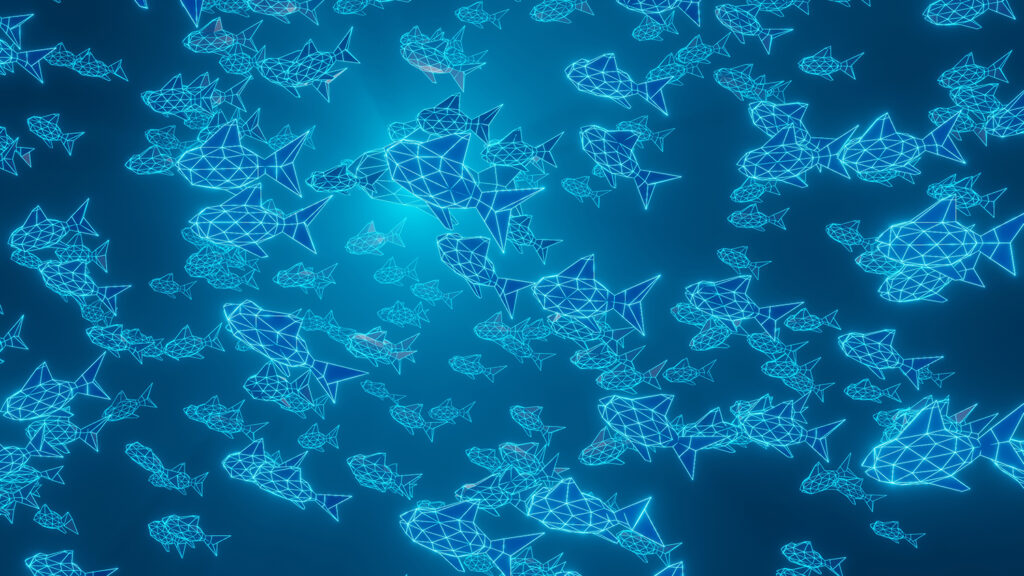
Innovation & Investment
‘AI ticks all the boxes’ and is proving to be a perfect match for aquaculture
Artificial intelligence (AI) is rippling through the aquaculture industry, promising greater efficiencies and insights, as well as investor interest.


![Ad for [BSP]](https://www.globalseafood.org/wp-content/uploads/2025/07/BSP_B2B_2025_1050x125.jpg)